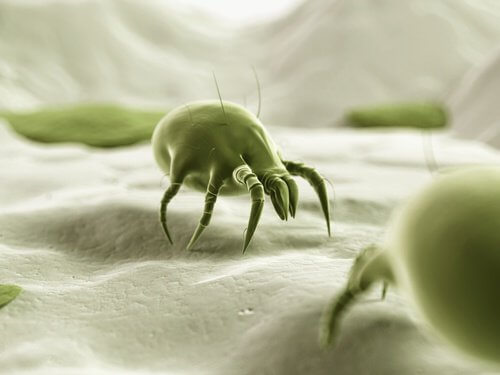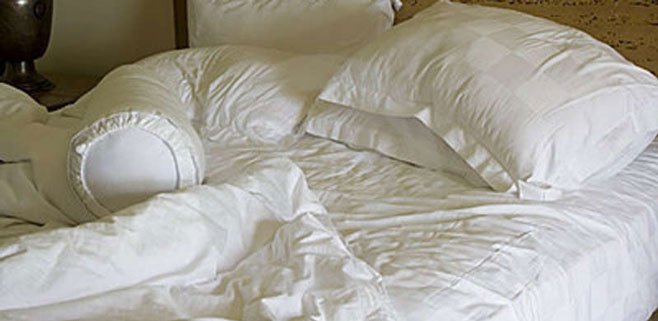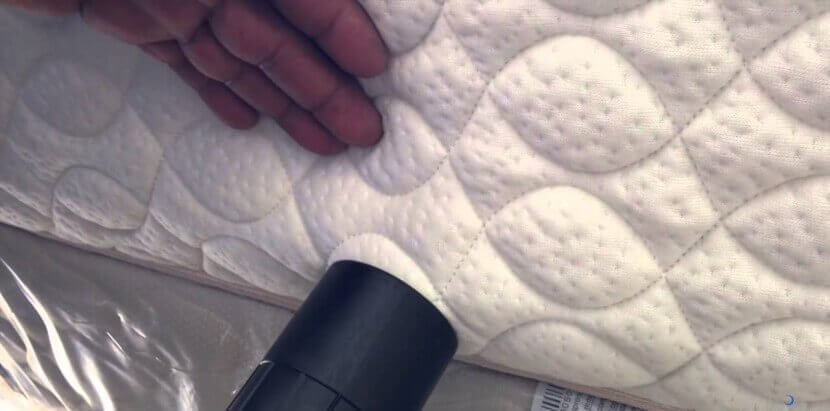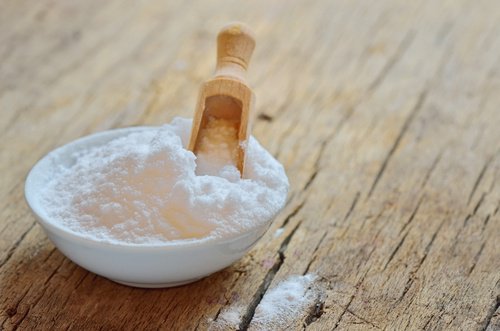Dust Mites? Kill Them Safely and Naturally

The bed is one of the basic elements in any home. It’s where we rest after a long day. We spend a significant portion of our time in it and it allows the body to perform its daily functions to keep it healthy. However, sweat, dead cells and dust accumulate in the mattress, creating the perfect breeding grounds for various microorganisms like dust mites.
Luckily, there are ways to clean and disinfect the bed to eliminate this problem without the need for harsh chemicals or large sums of money for expensive cleaning products. This time we’ll share a natural formula and a few cleaning tips to keep your bed in tip-top shape.
1.5 million dust mites could be living in your bed

Before we get to disinfecting the bed, we should point out that your bed could easily be harboring 1.5 million rapidly reproducing dust mites.
The sheets and blankets absorb sweat and dead skin cells. This serves as food for these bugs, which can cause asthma and allergic reactions.
Many experts recommend airing the bed out for several hours after getting up. The fresh air and light will help eliminate these parasites. Making the bed immediately after getting up traps body heat, creating an ideal environment for these pests to grow.
Their infestation causes the following symptoms and is often confused with other ailments:
- Nasal congestion
- Asthma
- Sneezing
- Hay fever
- Red eyes
- Itching
- Skin irritation
If you have any of these symptoms, you should take measures to improve your bed’s health to prevent more serious problems.
Don’t forget to read:
Get Rid of Bedbugs for Good!
How do I disinfect my bed naturally?

In addition to letting your bed air out in the morning, there are other practices you can adopt to make sure your bed is clean and fresh.
First of all, you should change your sheets at least every two weeks. Remember they absorb your sweat.
You should also try to keep the base and the surrounding areas free of dust, which is another allergen that’s harmful to your health.
To avoid having to resort to harsh chemical cleaners, you can use white vinegar and hydrogen peroxide as natural alternatives.
Try the following home remedy to deep clean your mattress and kill dust mites.
Disinfectant with baking soda and essential oils

Sodium bicarbonate has antiseptic properties and will absorb moisture and dirt from the mattress.
Its properties neutralize bad odors and leave your bed smelling clean and fresh when you crawl in to go to sleep at night.
The essential oil, whether tea tree or eucalyptus, has a really pleasant scent that boosts the disinfection process to totally eliminate the dust mites.
The method is 100% eco-friendly and is the perfect replacement for commercial products that contain harsh chemicals.
Want to know more? Read:
Ingredients
- 1 cup baking soda
- 10 drops essential oil
- 1 medium sifter
- 1 brush
- Hand vacuum
Directions
- Combine the baking soda and essential oil in a container and mix well.
- Use the sifter to evenly distribute the powder across the mattress.
- Then, rub it in with the help of a brush and be sure to clean every surface.
- Let it work for at least an hour for the active compounds to do their stuff.
- After, suck up the excess baking soda with a hand vacuum.
- Repeat once a month.
In Conclusion
Are you sure your bed is clean? Even though it may not smell bad or look dirty, it likely harbors thousands of dust mites and other microorganisms that could be harmful to your health.
If you have pets in your home, keep them out of the bedroom because their dander can make the problem worse.
Follow these tips here to keep the place where you rest your body clean and healthy.
This text is provided for informational purposes only and does not replace consultation with a professional. If in doubt, consult your specialist.








